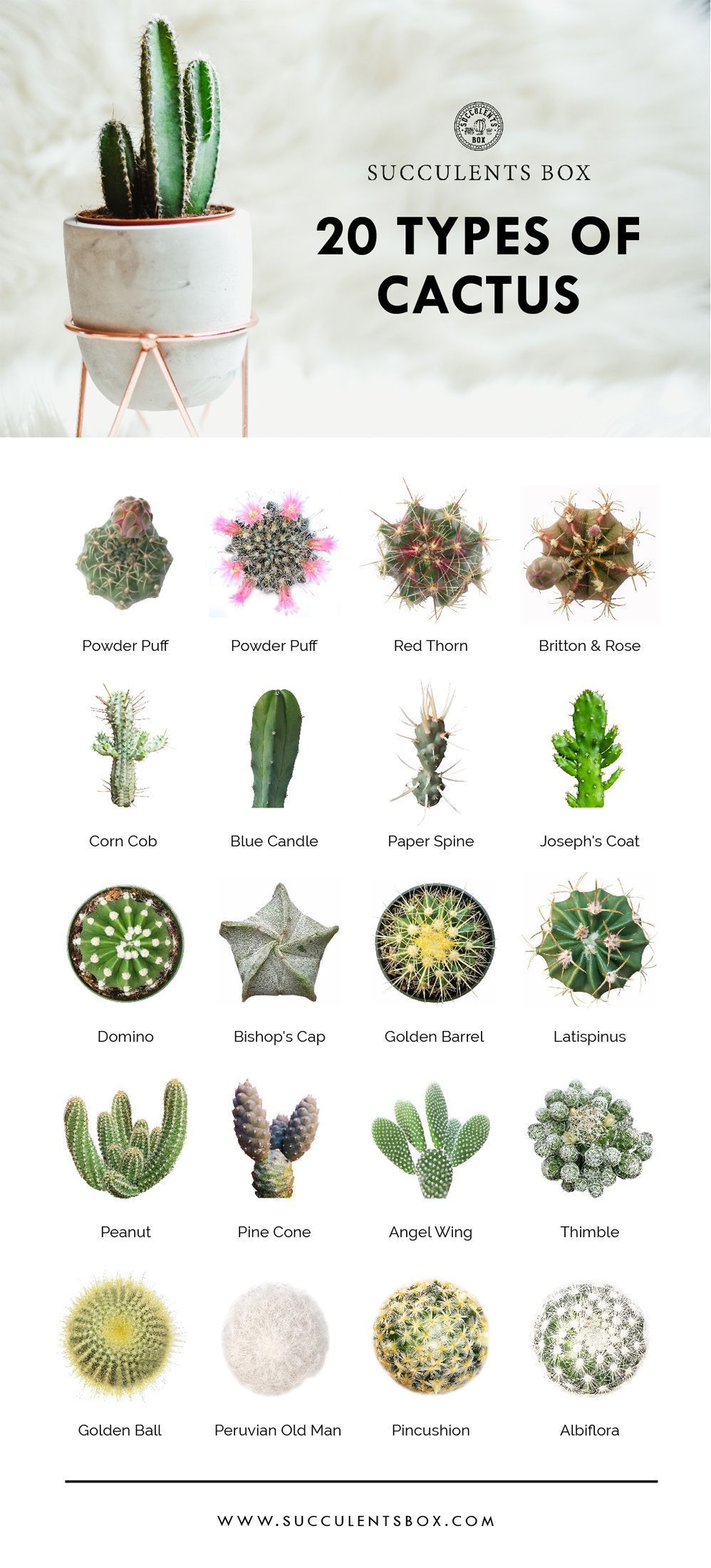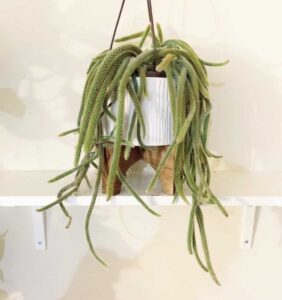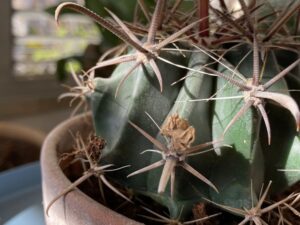Identifying the type of cactus you own can be an intriguing and enlightening journey. With thousands of species, each exhibiting unique characteristics, understanding your cactus not only enhances your gardening skills but also enriches your appreciation for these remarkable plants. This guide provides a comprehensive overview of popular and rare cacti, equipping you with the knowledge necessary to properly recognize and care for them.
As you delve into the world of cacti, you will discover various classifications based on physical traits, habitat, and growth patterns. Let’s embark on this exploration together, examining the fundamental aspects of cactus identification.
Understanding the Basics of Cactus Classification
Cacti belong to the family Cactaceae, characterized by their succulent tissues that store water, allowing them to thrive in arid environments. Although the family encompasses a diverse array of species, most can be classified into distinct categories based on their structural features. These categories help simplify identification.
- One key differentiator is the growth habit of the cactus. Cacti generally fall into several types, including:
- Columnar Cacti: This group is easily identified by its tall, upright structure. The iconic Saguaro (Carnegiea gigantea) is a prime example, reaching heights of up to 40 feet. Other examples include the Organ Pipe (Stenocereus thurberi).
- Globular Cacti: These round, ball-shaped cacti are compact and often have a set of prominent spines. The Golden Barrel (Echinocactus grusonii) is a popular representative, known for its striking appearance.
- Creeping Cacti: These species grow horizontally and can cover large areas. The Bunny Ear (Opuntia microdasys) is a classic example, easily recognizable by its flattened pads resembling bunny ears.
Understanding these categories is fundamental to identifying your cactus species and caring for it appropriately.
Physical Characteristics That Aid in Identification
Various physical traits can serve as strong indicators when attempting to identify a cactus. Pay attention to the following features:
- Spine Arrangement: The configuration, length, and color of spine formations can be extremely telling. For example, the Fishhook Barrel (Ferocactus wislizeni) displays long, hooked spines, whereas the Cholla (Cylindropuntia) features more clustered, shorter spines.
- Flower Morphology: Cacti often bloom with stunning flowers, which are crucial for identification. The flowering structure, color, and timing are imperative. For instance, the Night Blooming Cereus (Selenicereus grandiflorus) produces large, fragrant white flowers, while the vibrant pink blooms of the Peruvian Apple (Cereus peruvianus) emerge in summer.
- Height and Diameter: Size can significantly narrow down possibilities. Columnar cacti can tower over a garden, while globular cacti, such as the Basin Barrel (Ferocactus cylindraceus), tend to remain squat.
- Joint Structure: Observing the joints in cacti like the Opuntia pads allows for distinguishing between species, since some have distinct pads that may be flat or rounded.
By analyzing these physical characteristics, you can cross-reference your findings with available resources to ascertain the identity of your cactus.
Key Species to Know: Popular and Rare Types
The cactus kingdom comprises a diverse range of species, many of which are beloved for their distinctive looks and hardiness. Here’s a brief overview of noteworthy cacti you may encounter:
Popular Cacti:
- Saguaro (Carnegiea gigantea): A quintessential symbol of the American Southwest, this tall cactus has an impressive lifespan and can grow long arms as it matures.
- Golden Barrel (Echinocactus grusonii): Loved for its spiky, globe-like form, this cactus is often used in landscaping and is known for its striking yellow flowers in summer.
- Prickly Pear (Opuntia): Commonly found in deserts, this cactus serves culinary purposes as well. Its pads and fruits are eaten, making it quite functional as well as ornamental.
Rare Cacti:
- Howell’s Cactus (Echinomastus erectocentrus var. howellii): This endangered species is native to Arizona and has a unique cylindrical shape, typically adorned with various spines and flowers that bloom rarely.
- Pygmy Date Palm Cactus (Coryphantha macromeris): Known for its diminutive size, it’s a rarity to find in cultivation and is celebrated for its small, pink blooms.
- Moon Cactus (Gymnocalycium mihanovichii): Frequently grafted onto other species, this spectacular cactus showcases vibrant colors and makes a spectacular addition to any collection.
Care and Maintenance Tips: Knowing Your Cactus
Once you have identified your cactus, understanding its specific care requirements is paramount. Most cacti share commonalities, yet particular species often have their unique needs.
- In terms of light, most cacti flourish in bright, direct sunlight, but some may benefit from filtered light, especially in extreme heat. Watering is another key aspect—many cacti thrive on neglect and prefer to dry out completely between watering. Fertilizing during the growing season can promote blooming and healthy growth.
- Environmental factors, such as humidity and temperature, can also affect your cactus’s well-being. Ensuring appropriate drainage in pots is crucial to prevent root rot.
In summary, the task of identifying your cactus plant is both rewarding and enlightening. Through careful observation and understanding of unique characteristics, coupled with knowledge of various types, you’ll be better equipped to engage with and nurture your cactus collection. As you delve into the magnificent realm of cacti, remember that each species brings its own set of stories and experiences. Enjoy the journey!




Leave a Comment